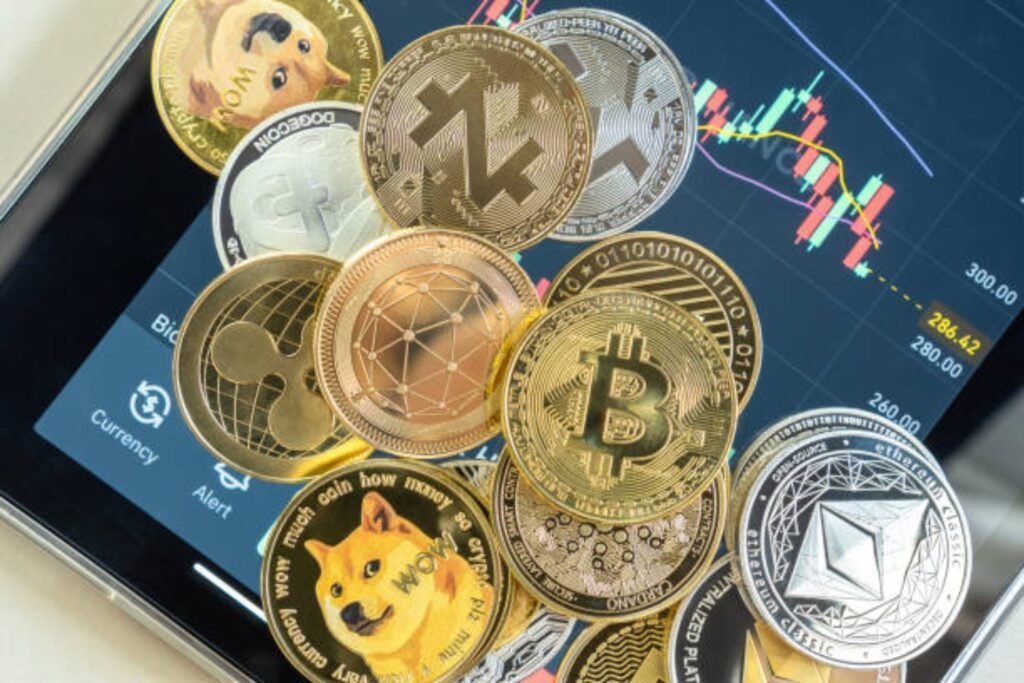Cryptocurrency in Latin America showing unlimited growth

They live in constant evolution and, just when it seems like everything has been said, a new movement changes the game. The most popular stablecoin in the world is being phased out of Europe due to strict regulations, but its story doesn’t end here. In a key region, its influence is multiplying, opening up new opportunities and driving the digital revolution.
The departure of USDT from the European market

Since the introduction of regulations in the European Union, exchanges have started to adjust their platforms. Companies like Kraken and Crypto.com have confirmed the exclusion of USDT to comply with regulatory norms. Authorities have urged crypto asset service providers to take urgent action against unregulated stablecoins, leading to the exit from the European market.
Tether focuses on Latin America

Faced with challenges in the EU, Tether has shifted its focus to Latin America, where it has found a more favorable environment. The company has obtained a license as a stablecoin issuer and digital asset service provider in El Salvador, establishing its headquarters there. Their strategy revolves around promoting adoption in this country and the rest of the region.
Expansion into Bitcoin and new investments

In parallel, Tether has bolstered the adoption of its stablecoin on the Bitcoin network through a partnership with Lightning Labs and Taproot Assets. This protocol allows for issuing assets on Bitcoin and transferring them through the Lightning network, enabling instant and high-volume transactions. Tether’s profits have continued to rise, reaching a record of $13 billion in 2024. Its US government bond reserves are at an all-time high, and USDT’s market cap exceeds $137 billion, solidifying its position as the world’s leading stablecoin.
A promising future in the region emerges as Europe tightens its regulations. Latin America stands out as a new epicenter for Tether, supported by growing adoption in the region and investments in technology and infrastructure. The stablecoin continues to gain ground in a market where innovation and regulatory flexibility provide a conducive environment for its growth.





